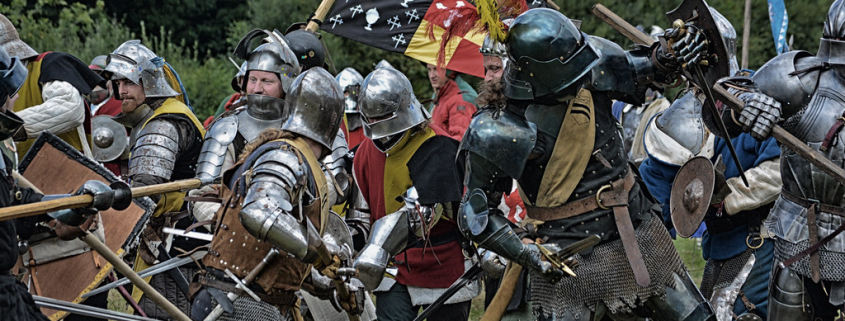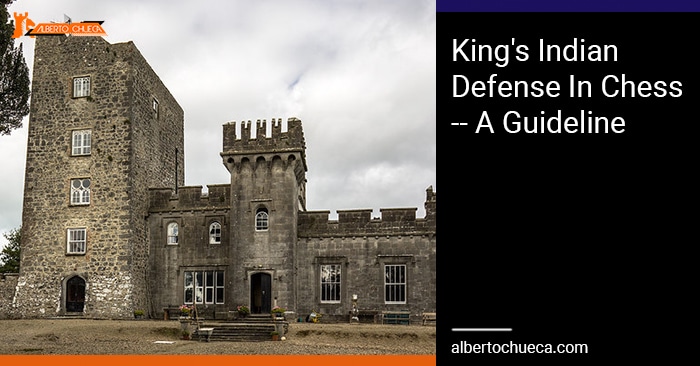King's Indian Defense In Chess
Now is my time to introduce to you, the King's Indian Defense in chess!
As we all know, 1. d4 as the first move for White is getting very popular. It leads to a different type of game rather than 1. e4 which many players like. As Black, it can be a struggle to find a solid defense to 1. d4.
What if there was an opening, and I told you Garry Kasparov, Anatoly Karpov, and Bobby Fischer all used it? That would honestly be hard to pass up!
How to arrive at the King's Indian Defense?
If you are Black, the game would go 1. d4, Nf6 2. c4, g6 3. Nc3, Bg7. Those moves are the pinnacle to the King's Indian Defense in chess.
White's plan will be to gain as much space as possible, while Black is going to be trying to attack from the side, and prove White's huge space advantage as silly.
There are many branches and variations of this opening we can analyze, however, since we only have your attention for a limited amount of time, we will cover the main lines, which go 4. Nc3, O-O 5. e4, d6 6. Nf3, O-O 7. Be2.
In the position above, Black primarily has two ways he can continue this opening: e5 and c5. What is the difference?
Pawn Chains

Before we proceed to talk about the specific opening, let's discuss pawn chains. Remember that there is a general rule, whichever side of the pawn chain you are pointing at is where you should play.
We will look at specific variations soon, though let me show you what I mean:
This is the opening we were looking at, with c5 played, and without the pieces (so you can understand the pawn structure). With c5 on the board, Black will be focusing on a Queenside attack.
This is that same position, but e5 being played. Conventionally the more attractive option, Black's pawn structure indicates a Kingside attack is brewing. For this article, we will be analyzing the two types of attacks that can occur: Queenside, and Kingside.
The King's Indian Defense in chess: Queenside Attack
So the moves that would be played are 1. d4, Nf6 2. c4, g6 3. Nc3, Bg7 4. e4, d6 5. Nc3, O-O 6. Be2, c5.
Black immediately strikes in the center. His threat is to take on d4, and delude some of White's “space advantage”. Therefore, White generally goes d5.
A lot of arrows to digest! Essentially, as we pointed out, Black's gameplan is going to based on the Queenside play. How can he position his pieces for a Queenside attack? The Knight can go from a6 to c7, the Bishop on d7, the Rook on b8, pawn on a6, then a pawn thrust on b5.
That's an example of a typical plan that can happen in this variation of the opening. It's not as popular anymore because while Black is positioning his Queenside, White has time to maximize his control of the center and try to suffocate Black. However, there is an alternative way to play this opening…
The King's Indian Defense in chess: Kingside Attack

Yes… the lovely Kingside attack that aspires everyone!
The game is on! The pawn structure is pointing towards the Kingside, meaning that is the side of the board we will be playing on. Note that e5 is not a pawn sacrifice, as it may seem. If dxe5, dxe5, Nxe5, we have Nxe4, with a discovered attack on the e5-Knight, which wins our pawn back.
Where does the pawn structure point to in the position? The black pawn chain, on c7-d6-e5, obviously points towards the Kingside.
A lot of arrows to process as well, but you get the idea! Black will be playing Ne8 to release their f-pawn. From there, moves like f4, g5-g4, etc could be played when appropriate.
Model Game: Gelfand vs. Nakamura 2010
Since Kingside attacks are obviously the most fun, we will be looking at a game played on the perspective of the Black player of the King's Indian Defense, American Grandmaster Hikaru Nakamura.
The game can be uploaded on Chessgames.com (https://www.chessgames.com/perl/chessgame?gid=1567841). We see after a few moves Nakamura has clear ambitions and will not be turning back:
Black just played pawn to f5. The race is on! White is playing for weaknesses and counterplay on the Queenside. Black is playing for the Kingside onslaught, in other words, checkmate.
We see this with the next few moves. White plays 11. c5, Nf6 12. f3, f4 13. Nc4, g5 14. a4, Ng6 15. Ba3, Rf7 16. b5, dxc5 17. Bxc5, h5.
Just take a moment to admire this cluster of pieces and pawns aiming for the White King. The Black Queen has not even gotten involved in the attack yet!
After a few moves of Black advancing their g-pawn, we reach the following position:
Yes, the arrow is correct. Nxg2 was what Hikaru Nakamura chose to play here. If the Knight is taken, Black simply crashes through with a move like Rg7. Don't believe the computer evaluation, this position is too much to handle! After Nxg2, dxc7, Nxe1!, the point is if cxd8, g2#!
That would be pleasing to play as Black! We won't look at the rest of the game, as you get the idea, and maybe the attack is not quite family-friendly… just kidding! :) You can click the chessgames.com link to look at the rest of this beating.
Is this opening for me?
Is this opening for you? This goes without saying — if you love chess bloodbaths, mutual checkmate attacks, and are that type of player, you should absolutely go for the Kingside attack!
Even if you are more of a positional player, there is a lot you can learn from the King's Indian Defense. Who knows? The opening could revolutionize your style of play! :)






